
Top 10 Medical Serial Killers: When Healing Turns to Murder
Hospitals are meant to be sanctuaries—places of care, compassion, and trust. But sometimes, behind the reassuring smiles and crisp white coats, lurks something monstrous. Throughout history, a small but chilling number of doctors, nurses, and caregivers have turned the power to heal into a weapon. Their victims weren’t strangers in dark alleys—they were patients, vulnerable and bedridden, who believed they were safe.
These are the medical professionals who crossed the line from medicine to murder. Some claimed mercy as their motive; others seemed driven by ego, control, or sheer bloodlust. Each story is a reminder of how fragile the boundary between life and death can be when the hands meant to save become instruments of death.
1. Harold Shipman – The Doctor of Death (UK)
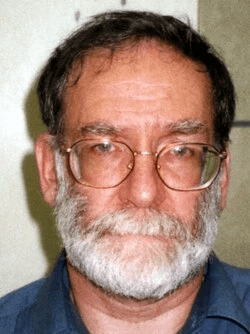
For years, Dr. Harold Shipman was the picture of respectability — a trusted family GP in the quiet English town of Hyde. Patients adored him. He made house calls, remembered birthdays, and spoke softly about “making people comfortable.” No one suspected that comfort, in Shipman’s hands, meant death.
Between the 1970s and 1998, Shipman methodically killed hundreds of his mostly elderly female patients by administering lethal doses of morphine. He would then falsify death certificates, attributing their passing to natural causes. Families trusted him implicitly — even allowed him to oversee the cremations.
The pattern began to unravel only when a local undertaker noticed a suspiciously high death rate among Shipman’s patients. A forged will in the name of one victim sealed his fate.
When police finally tallied the evidence, the scale of murder was staggering — at least 215 deaths, possibly as many as 250. Shipman showed no remorse, no explanation. He was sentenced to life imprisonment in 2000, but hanged himself in his cell four years later.
To this day, Shipman remains the most prolific confirmed serial killer in modern history, a reminder that evil can hide behind the calmest professional mask.
2. Charles Cullen – The Angel of Death (USA)
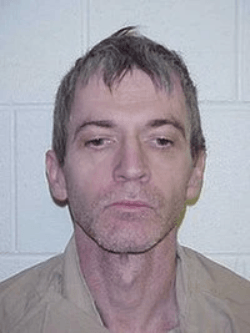
Charles Cullen’s soft-spoken manner and calm presence masked something far darker. Over a 16-year nursing career across hospitals in New Jersey and Pennsylvania, he quietly poisoned patients with drugs like insulin and digoxin. His motive wasn’t rage or money — it was control. He decided who lived and who died.
Cullen often targeted the frail or critically ill, injecting them during quiet shifts, sometimes “mercy killings,” other times seemingly at random. When one hospital became suspicious, he simply moved on. Poor record-keeping and institutional denial helped him stay one step ahead.
After dozens of unexplained cardiac arrests, two alert colleagues began to see the pattern. They confronted him with drug logs and missing medication records, prompting Cullen’s quiet confession. He admitted to around 40 murders, though investigators suspect more than 400 — an unimaginable toll.
Sentenced to multiple life terms in 2006, Cullen’s story exposed fatal flaws in hospital reporting systems. The case forced U.S. healthcare institutions to introduce tighter patient-safety protocols.
Even now, Cullen’s detached demeanor chills those who’ve met him — a nurse who turned compassion into power, and medicine into murder.
3. Niels Högel – The Resuscitation Killer (Germany)
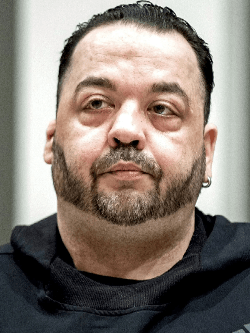
At the Oldenburg Clinic in northern Germany, nurse Niels Högel was admired for his heroic quick reactions during cardiac emergencies. Patients seemed to crash on his shifts more than anyone else’s — yet he often “saved” them. What few realized was that Högel had caused those collapses himself.
Between 2000 and 2005, he injected dozens of patients with heart-stopping drugs, creating crises he could then dramatically reverse. It was an addiction to adrenaline, to the praise that followed a successful resuscitation. But far too often, the patients never recovered.
After one suspicious death in 2005, a colleague finally spoke up. Subsequent investigations uncovered a trail of unexplained fatalities stretching across two hospitals. Forensic testing of exhumed bodies revealed lethal drug residues.
Högel eventually confessed to more than 100 killings, and prosecutors believe the real figure may exceed 300, making him one of Europe’s most prolific serial murderers.
In court, he offered halting apologies but no true reason — only that he felt “bored” and “wanted to shine.”
In 2019, he was sentenced to life in prison. The case sent shockwaves through Germany, forcing hospitals to confront uncomfortable questions about oversight, ego, and the deadly intersection of care and vanity.
4. Elizabeth Wettlaufer – The Confession Nurse (Canada)
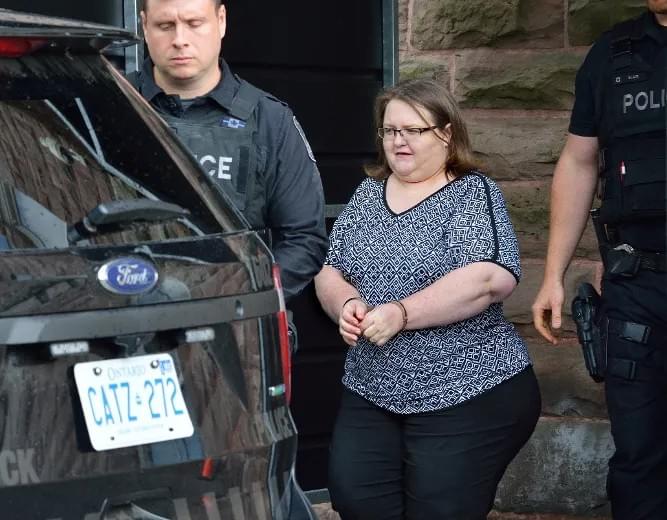
For nearly a decade, nurse Elizabeth Wettlaufer moved quietly through long-term care homes in Ontario, Canada. Patients trusted her — a gentle caregiver who offered prayer, comfort, and insulin shots. But hidden beneath her compassion was a warped sense of divine mission.
Between 2007 and 2016, Wettlaufer injected at least eight elderly patients with lethal doses of insulin, and attempted to kill several more. Her victims were vulnerable: frail seniors who couldn’t fight back or even question their sudden decline. She told investigators she believed “God wanted to use her” to end their suffering.
For years, no one suspected her. The deaths were written off as natural, common in nursing homes. Wettlaufer’s addiction and erratic behavior occasionally raised concern, but no one connected it to murder. It wasn’t until she entered rehab — and confessed unprompted to a therapist — that the truth came out.
Her confession shocked Canada. Police discovered she had kept handwritten journals detailing her crimes and justifications. In 2017, Wettlaufer pleaded guilty to eight counts of first-degree murder and was sentenced to life imprisonment.
Her chilling candor — and the system’s failure to stop her sooner — led to sweeping reviews of Canada’s elder care system, revealing just how easily a caregiver’s access and trust can become weapons.
5. Beverley Allitt – The Angel of Death (UK)
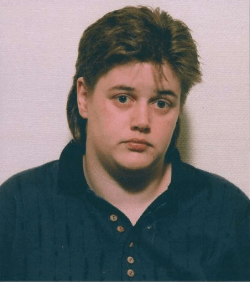
In 1991, the pediatric ward at Grantham and Kesteven Hospital in England became a place of terror. Children who entered with minor illnesses began dying mysteriously. Monitors failed, pulses vanished, and no one could explain why — until patterns emerged pointing to one nurse: Beverley Allitt.
Allitt, only 22, was adored by her young patients — gentle, soft-spoken, always on hand. Yet she secretly injected insulin or air into their veins, inducing cardiac arrest. In just 59 days, she attacked 13 children, killing four and severely injuring nine others.
Colleagues dismissed early suspicions, unwilling to believe such evil could exist within a pediatric nurse. But investigators noticed her uncanny presence at every collapse, her calm demeanor amid chaos. Eventually, traces of insulin and air embolisms revealed the truth.
Psychiatrists diagnosed Allitt with Munchausen syndrome by proxy, suggesting she craved attention through the crises she created. Convicted in 1993, she was sentenced to 13 life terms and confined to a high-security psychiatric facility.
Her crimes shattered public faith in pediatric care and spurred reforms in hospital monitoring. Allitt remains one of Britain’s most infamous modern killers — a reminder that the face of compassion can hide unimaginable cruelty.
6. Genene Jones – The Baby Killer of Texas (USA)
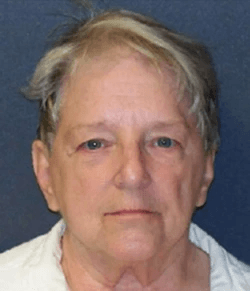
In the late 1970s, Genene Jones worked as a nurse in Texas pediatric clinics, where babies began suffering sudden, inexplicable emergencies. Parents were told it was illness or fate — but the truth was monstrous. Jones had been injecting infants with succinylcholine and heparin, powerful drugs that triggered crises she could then “heroically” treat.
She thrived on the rush of emergency, the admiration of saving lives — even if she had caused the danger herself. Her colleagues noticed the alarming spike in deaths during her shifts, but management feared scandal and quietly let her go.
Jones moved to another clinic, and the pattern continued. It wasn’t until 1982, after the death of 15-month-old Chelsea McClellan, that suspicion finally turned to her. Autopsies revealed traces of lethal drugs, and the façade crumbled.
In 1984, she was convicted of murder and injury to a child, receiving a 99-year sentence. Authorities later linked her to as many as 60 infant deaths, though many records had been destroyed in what some believe was an attempt to protect the hospitals.
Released early in 2018 due to parole laws, she was immediately re-arrested and faced new charges. Jones remains a haunting figure — a nurse who turned newborn nurseries into chambers of death, driven by a toxic hunger for recognition.
7. Michael Swango — The Poisonous Doctor
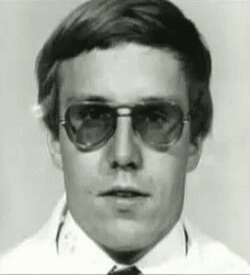
To his colleagues, Dr. Michael Swango seemed like theperfect young physician—ambitious, polite, and efficient. But behind that calm exterior lay a chilling obsession with death. Patients under his care suffered inexplicable seizures, cardiac arrests, and sudden collapses. Colleagues began to notice that tragedies seemed to follow him wherever he went—from small-town Illinois hospitals to medical facilities in Ohio, South Dakota, and even Africa.
Swango’s private notebooks, later found by investigators, revealed a morbid fascination with violent deaths and autopsy reports. He poisoned patients, coworkers, and even friends with arsenic and other toxins, often adding them to food and IV drips. Though suspected for years, he managed to slip through background checks and resume work in new hospitals. When his crimes finally caught up with him in the late 1990s, authorities estimated he may have murdered as many as 60 people across several continents.
8. Efren Saldivar — The Angel of Death
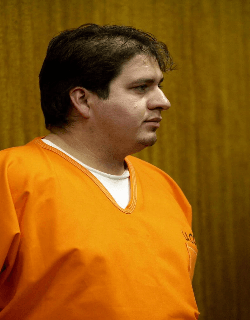
At California’s Glendale Adventist Medical Center, respiratory therapist Efren Saldivar earned the trust of doctors and nurses alike. Calm under pressure and quick with a reassuring smile, he was exactly the kind of person you’d want in the room during a medical crisis. But behind that façade, Saldivar played god—deciding who lived and who died.
He called them “mercy killings,” claiming he wanted to ease the suffering of terminal patients. In truth, it was a chilling mixture of control and compulsion. Between 1989 and 1998, Saldivar injected countless elderly or critically ill patients with drugs like Pavulon and succinylcholine—paralyzing agents that caused death by suffocation. For years, the hospital dismissed suspicions, until he casually confessed to killing more than 50 patients. Though he later recanted, evidence mounted: missing drugs, unexplained deaths, and toxicology results too precise to ignore. Saldivar was finally convicted, but the full number of his victims remains uncertain—lost in the sterile corridors of the wards where he once walked freely.
9. Arnfinn Nesset — The Norwegian Nightmare
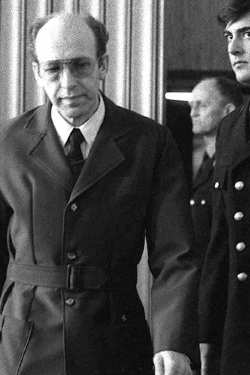
In the peaceful countryside of Norway, few could have imagined that one of the nation’s worst serial killers was hiding in plain sight. Arnfinn Nesset, a respected nursing home administrator, was beloved by families for his gentle manner and supposed dedication to the elderly in his care. But between 1977 and 1980, he quietly transformed the tranquil facility into a place of death.
Nesset poisoned his victims—mostly elderly patients—with Curacit, a powerful muscle relaxant. He claimed it was to “ease their suffering,” echoing the same twisted justification heard from killers like Shipman and Saldivar. But the scale of his murders was staggering: Norwegian authorities suspected up to 138 deaths. In 1983, Nesset was sentenced to 21 years in prison—the maximum term in Norway at the time. Chillingly, he served his sentence, was released, and lived out his remaining years under a new identity.
10. Lucia de Berk — The Wrongly Accused Angel

Not all stories of “medical serial killers” end with guilt. In the Netherlands, nurse Lucia de Berk was branded the “Angel of Death” after a series of suspicious deaths at hospitals where she worked. Statistical coincidences seemed damning—too many patients had died on her shifts. In 2003, she was convicted of seven murders and three attempted murders, her reputation destroyed and her life shattered.
But Lucia was innocent. Years later, forensic statisticians and medical experts revisited the evidence, revealing that the deaths were explainable through natural causes and flawed data interpretation. In 2010, after nearly a decade of imprisonment, she was fully exonerated. Lucia’s ordeal became a stark warning about confirmation bias and the dangers of assuming patterns equal proof. Her name, once synonymous with evil, is now a symbol of how fragile justice can be when fear and numbers replace facts.
Trust Betrayed
There’s something especially unsettling about killers in scrubs. Unlike the shadowy figures of urban legends or the lone predators of true crime, these individuals thrived within institutions designed to preserve life. They exploited systems of trust, the faith of patients, and the blind spots of bureaucracy.
Yet their stories also serve another purpose—they remind us why oversight, transparency, and accountability matter in medicine. Each of these killers operated for years before being caught, their crimes buried beneath paperwork, silence, and disbelief.
In the end, what makes the “medical murderer” so terrifying isn’t just the number of their victims—it’s the realization that they were allowed to kill because no one wanted to believe they could.
Blog written by Guy Hadleigh, author of Crimes That Time Forgot, the Macabre True Crimes & Mysteries Series, the Murder and Mayhem Series, the British Killers Series, the Infamous True Crimes and Trials Series - and many more!

